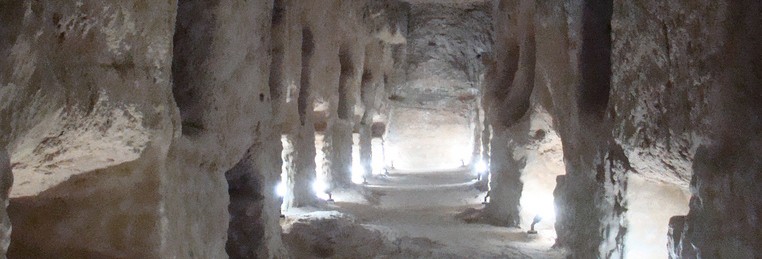The Saqqara Serapeum (the original Serapeum) was an elaborate temple located on the west bank of the Nile. Its original purpose, beginning as early as 1400 BC, was to serve as a monument and final resting place to the late Apis Bulls, sacred animals of the god Ptah. However, King Ramses II (1279-13 BC) designed a main gallery and subsidiary chambers to serve as a catacomb for the deceased Apis bulls who became assimilated into Osiris as Osiris-Apis after death. The temple is called the Serapeum because the Greeks who lived near Saqqara worshipped the god as Osorapis, which later became Serapis under the Ptolemaic dynasty. The Serapeum expanded in size as kings succeeding Ramses II built more chambers for the temple.
Serapea of Ancient Egypt
building CUNY Communities since 2009


